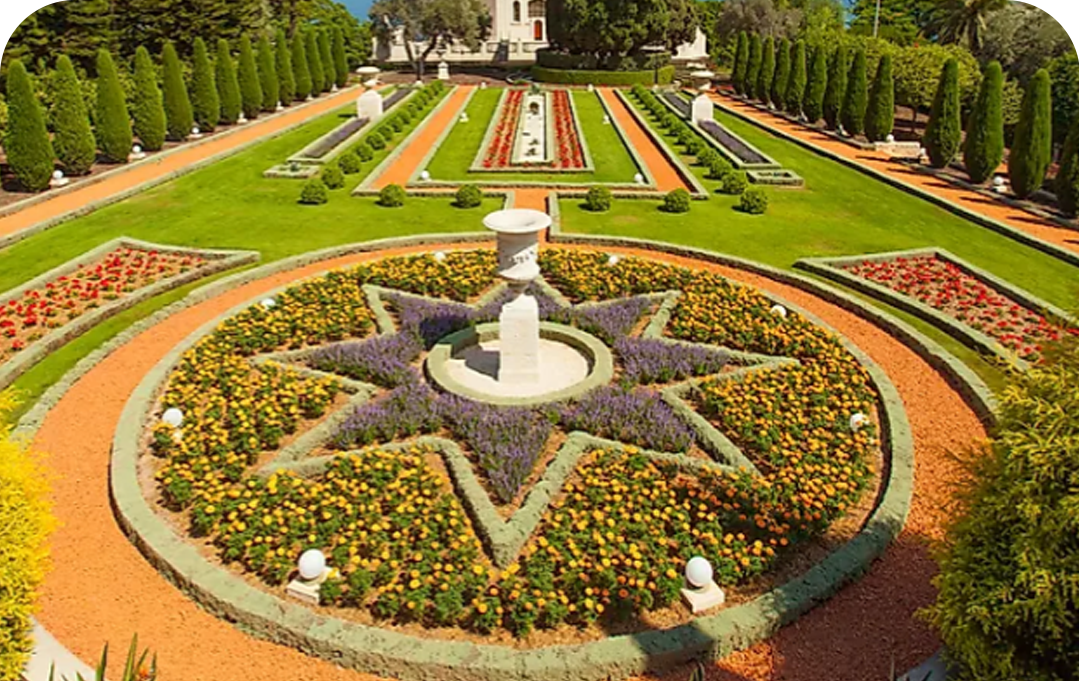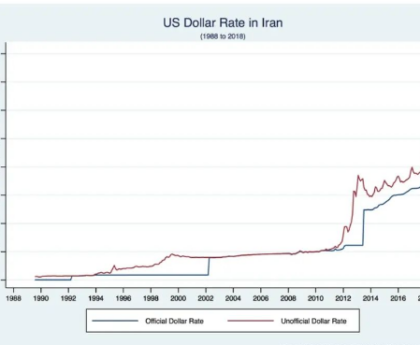The Baha’í Faith was established in 1863 by Baha’u’llah in Qajar Persia. Baha’u’llah, a Babi who claimed to be the one foretold by the Bab, claimed a similar station for himself in 1863 as a Manifestation of God and as the promised figure foretold in the sacred scriptures of the major religious traditions of the past and founded what later came to be known as the Bahai Faith.
Persecution of Baha’is occurs in various countries, especially in Iran, where the Baha’i Faith originated and where one of the largest Baha’i populations in the world is located. The origins of the persecution stem from a variety of Baha’i teachings which are inconsistent with traditional Islamic beliefs, including the finality of Muhammad’s prophethood, and the placement of Baha’is outside the Islamic religion. Thus, Baha’is are seen as apostates from Islam.
The Iranian constitution that was drafted during the Iranian Constitutional Revolution in 1906 set the groundwork for the institutionalized persecution of Baha’is. While the constitution was modelled on Belgium’s 1831 constitution, the provisions guaranteeing freedom of worship were omitted. Subsequent legislation provided some recognitior to Zoroastrians, Jews and Christians as equal citizens under state law, but it did not guarantee freedom of religion and
“gave unprecedented institutional powers to the clerical establishment.”
After the Shah left Iran on January 16, 1979, Ayatollah Khomeini returned on February 1, 1979, and started the process of creating a new government. During the drafting of the new constitution the wording intentionally excluded the Baha’is from protection as a religious community.
Starting in late 1979 the new government of the Islamic Republic of Iran systematically targeted the leadership of the Baha’i community by focusing on the Bahá’í National Spiritual Assembly (NSA) and Local Spiritual Assemblies
(LSA). In November 1979, Ali Murad Davudi, the secretary of the NSA, was kidnapped and never seen again. In August 1980 all nine members of the National Spiritual Assembly were arrested while meeting at a private home.
On December 13, 1981, eight of the nine new NSA members were arrested by the Iranian authorities, and were executed on December 27, 1981, without trial.
Between April 1979 and December 1980 at least eight prominent Tehran Bahá’is were killed. In September 1980 in Yazd, fifteen Bahd’is were arrested, and after a graphic trial that was partially televised, seven of the Bahd’is were executed; the remaining eight were released after four months. In Tabriz in 1979 two prominent Bahá’ís were executed and then in 1981 all nine members of the Tabriz LSA were executed. In Hamadan seven members of the LSA of Hamaden were executed by firing squad, and while the bodies were being prepared for the funeral it was found that six of the men were physically tortured before their death. In Shiraz between 1978 and 1981, the House of the Báb, a Bahá’i holy place, was destroyed, five prominent Baha’ís were executed, and more than 85
Baha’is were arrested for interrogations; then in 1983 sixteen more Bahá’is were executed.members were arrested by the Iranian authorities, and were executed on December 27, 1981, without trial. Between April 1979 and December 1980 at least eight prominent Tehran Baha’is were killed. In September 1980 in Yazd, fifteen Baha’is were arrested, and after a graphic trial that was partially televised, seven of the Baha’is were executed; the remaining eight were released after four months. In Tabriz in 1979 two prominent Baha’ís were executed and then in 1981 all nine members of the Tabriz LSA were executed. In Hamadan seven members of the LSA of Hamaden were executed by firing squad, and while the bodies were being prepared for the funeral it was found that six of the men were physically tortured before their death. In Shiraz between 1978 and 1981, the House of the Báb, a Bahá’i holy place, was destroyed, five prominent Baha’is were executed, and more than 85 Baha’is were arrested for interrogations; then in 1983 sixteen more Baha’is were executed.
In the ten years following the 1979 revolution, more than 200 Baha’is were killed or executed, hundreds more were tortured or imprisoned, and tens of thousands lost jobs, access to education, and other rights – all solely because of their religious belief. Since 2005, more than 710 Baha’is have been arrested, and the number of Baha’is in prison has risen from fewer than five to a curren figure of 136; roughly 600 more are engaged with the penal system: awaiting trial. The incarcerated now include young mothers of nursing children (imprisoned with their infants).
Since the summer of 2013, escalation of attacks has included both murder and attempted murder. These attacks are believed to be hate crimes that are religiously motivated.
President Ebrahim Raisi, a longtime establishment figure in the Islamic Republic who has been Iran’s president since August 2021, was before his election a senior judiciary. official for more than 40 years. His role as a prosector in political executions is well-documented – but what is less widely-reported is that members of Iran’s Baha’i religious minority were also executed under Raisi as a prosecutor.
One particular person is the story of Mona Mahmudnizhad.
Mona Mahmudnizhad 17 was an Iranian Baha’i who, ir 1983, together with nine other Bahá’i women, was sentenced to death and hanged in Shiraz, Iran on the grounds of being a member of the Bahai Faith. The official charges ranged from “misleading children and youth” to being a “Zionist”, as the Bahá’i World Centre is located in Israel.At 7:30pm on October 23, 1982, four armed Revolutionary Guards, on the orders of the public prosecutor of Shiraz, entered the Mahmudnizhad household and ransacked it in search of Bahá’ material.
They then took Mona and her father into custody. They were blindfolded and taken to Seppah prison in Shiraz, where they were placed in separate quarters;
Mahmudnizhad was detained there for 38 days. Or November 29, 1982, she and five other Baha’i women were transferred from Seppah prison to Adelabad prison, also in Shiraz. After some time, she was taken to the Islamic Revolutionary Court where she was interrogated and then returned to prison. A few days later, she was again interrogated in front of an Islamic Revolutionary judge.
After these interrogations, which involved physical torture by being whipped on the soles of her feet with a cable, Mahmudnizhad was found guilty and sentenced to death by hanging. President of the United States Ronald Reagan called for clemency; despite this, the sentence ot the 10 women was carried out on the night of June 18, 1983, at a nearby polo field.
Fast forward to the Mahsa Amini protests. Iranian intelligence and Islamic Revolutionary Guard Corps (IRGC) forces have arrested dozens of Baha’i citizens over the past six months. The real number of detainees is not available as security forces have threatened families to not publicize the arrest.
The arrested Baha’is are facing charges such as spreading
“propaganda against the system,” “gathering and collusion with the intention of committing a crime” and “acting against the security of the country”. Baha’i citizens also sometimes face the charge of “membership in an illegal group” which refers to their faith. Serveral members of the religious minority were arrested in January.





